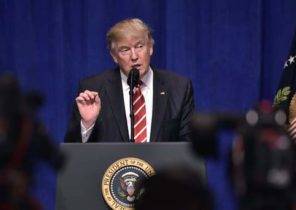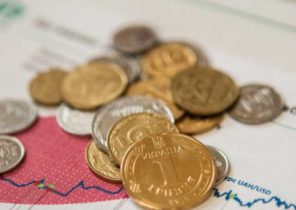Wednesday, July 15, the Ministerial monitoring Committee of OPEC+ will hold a virtual meeting to assess current levels of oil production and to make recommendations in terms of production volumes in the future.
Currently, OPEC’s plan+ is to slightly loosen restrictions and increase overall production by 2 million barrels a day starting Aug. About this gradual increase in the production of OPEC countries agree back in April, and initially it was assumed that the implementation of this plan will begin in July. However, in early June due to low demand OPEC members and Russia agreed to postpone the increase of production up to Aug.
However, not all producers OPEC+ will start to increase production from August. Iraq, Nigeria and Angola have agreed to keep volumes of its production at a lower level for another few months, because they have not reduced the volume of production sufficiently in may and June. Saudi Arabia has made great efforts to make these countries adhere to their commitments regarding the reduction of production and to obtain formal assurances — particularly from Iraq — in their willingness to perform the obligations in accordance with the agreement, OPEC+.
However, the real problem is not a sentence. The real problem is demand, and OPEC+, it is perhaps too optimistic about the ability of the world to consume more oil.
The head of Saudi Aramco Amin Nasser (Nasser Amin) publicly expressed his optimism about a gradual recovery in oil demand. July 1, he said that the demand for gasoline and diesel in China have returned to the level that was observed before the start of the pandemic coronavirus. He also predicts that demand in other countries, too, will gradually grow, because “more and more countries will start to remove limitations.” Demand in China care guide Aramco is particularly strong, because China is the largest buyer of this company.
Meanwhile, demand in other countries does not demonstrate a stable and sustainable recovery. Although in many parts of the United States were eased quarantine restrictions, the demand for gasoline has remained at a much lower level compared to previous years, and weekly deliveries did not demonstrate a steady tendency to growth. The demand for diesel fuel and jet fuel also remains on a very low level. Thus, to base the forecasts regarding the recovery of global demand on the recovery rates of China, is probably not the best strategy, because in economic terms, the United States and other large consumers of oil do not follow in the footsteps of China. Maybe China and is ready to consume more oil but the United States is not yet ready.
The price of oil remained relatively stable in the past month. It is very possible that if global demand will not behave as it expects Saudi Arabia, the appearance on the market of an additional 2 million barrels per day at the moment, will only exacerbate the problem of saturation of the market and lead to another drop in oil prices.







